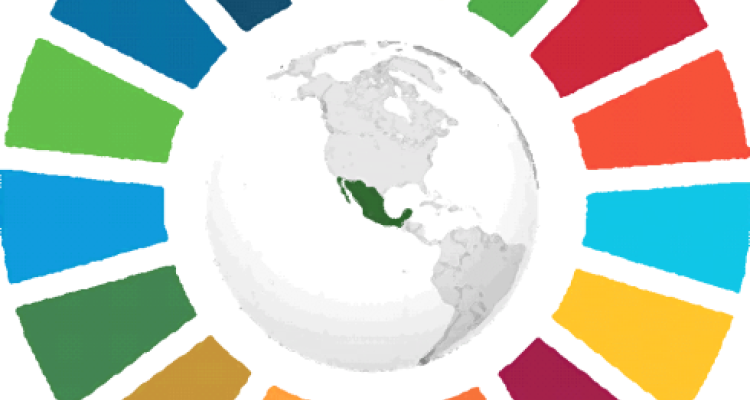
Colloquium
Assessing the State of Sustainable Development Goals in Mexico Using Open Remote Sensing Data
By Frida Ruiz Mendoza
Abstract
The 2030 Agenda for Sustainable Development poses different challenges for the participant countries, but it also offers new opportunities for the implementation of geospatial technologies. Due to the nature of the Sustainable Development Goals (SDG), traditional methods might be technically and financially unfeasible for the necessary coverage range and frequency of measurements. Geospatial information, and more specifically Earth Observation (EO) data, offer increasing opportunities for countries to efficiently track all facets of sustainable development over time (Paganini et. al, 2018). This project aimed to assess the state of SDG indicator 15.3.1 “Proportion of land that is degraded over total land area” in Mexico, using different currently available geospatial open data, by means of a raster-based analysis in a GIS software. The indicator was assessed three times, using three different input land cover (LC) datasets which were then compared in (dis)agreement maps. Results showed that depending on the LC dataset used, percentages in degradation can change up to 11% (~215,620 km2). ESA-CCI-LC and MODIS datasets showed the least discrepancy. Whilst Uso de Suelo y Vegetación dataset showed 10% and 17% less spatial agreement with the previously mentioned datasets respectively. Furthermore, these differences also suggest that, in the case of Mexico, integrating different LC datasets for SDG monitoring as suggested in the Good Practice Guidance (GPG) might not be the best solution. Overall, this study showed that land degradation affects roughly 23-32% of the study area, depending on the input LC data. Finally, stating which dataset yields the most accurate degradation result falls out of the scope of this research. However, the importance of noticing these differences relies on the subjectivity it adds to the SDG assessment which could affect decision-making and ultimately jeopardize meeting the SDG targets; raising the importance of non-governmental actors, researchers and citizens in general to stay informed and closely follow the 2030 Agenda development.
Keywords: SDG monitoring; land degradation; earth observation; geospatial data; open data; Trends.Earth